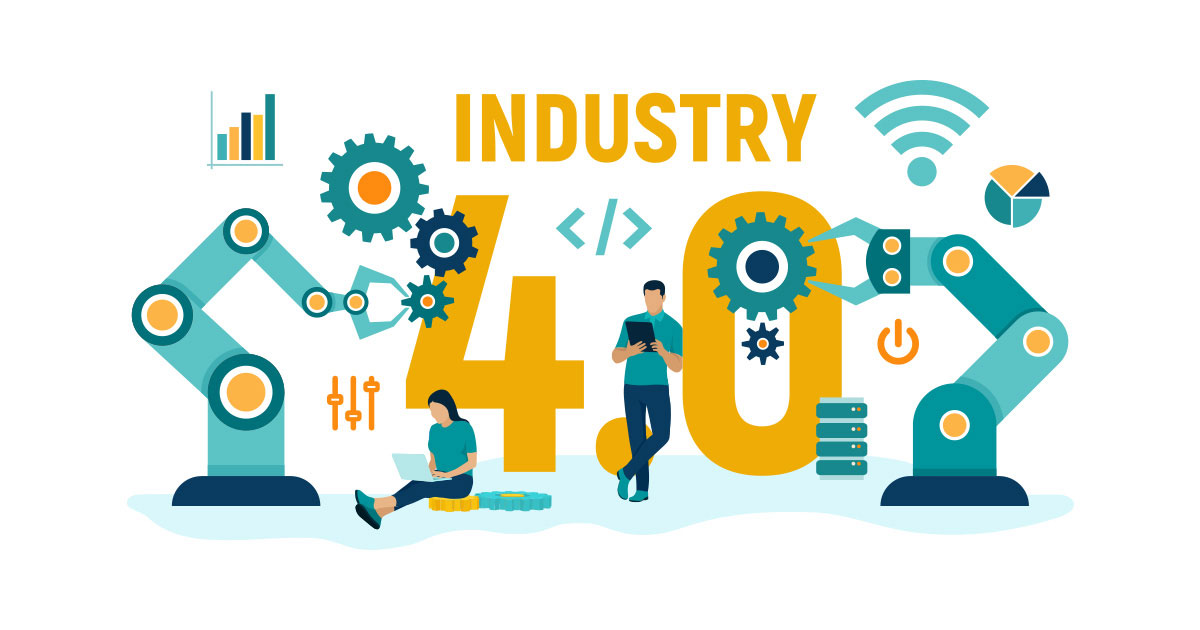7 Ways to Make IIoT Implementation Quick, Easy, And Cost-Effective
The pace of IIoT adoption is staggering; it is estimated that by 2025, the global market for IIoT will grow to around $106 billion. Touted to be a technology revolution even bigger than the industrial revolution, several organizations across the globe have already implemented or are looking to implement the technology to drive a competitive edge in the years to come. If you want IIoT to deliver tangible business value for your needs, you need to configure, customize, and deploy quickly and at scale.
Here are 7 ways you can do that:
- Embrace the cloud: One of the best ways to ensure a quick, easy, and cost-effective IIoT implementation is by embracing the cloud. Relying on a set of server-agnostic software components that securely collect, integrate, store, and analyze data from devices, gateways, SCADA servers, and enterprise applications allows you to quickly deploy (and scale) your IIoT strategy. Cloud not only enables high levels of security via multi-factor authentication and authorization; it also ensures end-to-end data encryption while providing unlimited APIs to extend and customize.
- Go for a low-code deployment: Given how quickly new devices and applications are to be integrated within the existing IIoT ecosystem, opting for a low or no-code deployment will ensure high levels of configurability. A low/no-code platform can allow you to implement and deploy a variety of use cases quickly – without having to write a single line of code. Such platforms will enable even non-IT engineers to build and connect applications by using features like ‘drag-and-drop’ and customizable workflows – paving the way for faster development and quicker realization of business value.
- Establish a scalable architecture: Establishing a scalable architecture is critical while planning your IIoT implementation roadmap. Scalable and open architecture enables multiple solutions to be implemented under a single umbrella and securely connect devices and applications. A scalable platform with components for Platform and Device Management can help you seamlessly grow your business and deliver the same level of service that your users expect – despite a surge in the number of connected devices.
- Incrementally deploy solutions: Instead of deploying multiple use cases in a single go, incremental deployment of use cases across locations, servers, and timeframe will ensure greater success of your IIoT initiatives. Develop use cases by analyzing every aspect and targeted users and validate post-release conditions with the help of an iterative process, such as a prototype or a market test. Such an exercise will help in identifying (and eliminating) weak points before going live.
- Ensure continuous testing: Continuously testing the IIoT deployment ensures you can respond to and rectify bugs quickly and effectively. Since any IIoT implementation brings its own set of challenges, such continuous testing will throw light on the issues along the way, while allowing you to devise strategies to resolve them as soon as possible. The earlier you repair issues in the implementation lifecycle, the lower costs you will incur – ensuring your implementation sticks to its estimated budget and timelines.
- Enable reporting and analytics: Another way to successfully implement (and sustain) your IIoT deployment is by enabling continuous reporting and analytics. Embracing comprehensive data analysis capability across connected Industrial devices means you can get real-time insight into challenges & opportunities and take steps to maximize value. Such analysis allows you to drive continuous improvements while helping you with higher compliance which in turn boost end-user experience.
- Enable multi-system integration: Since IoT devices are part of a larger, more complex ecosystem of connected devices, enabling multi-system integration will ensure that the implementation works seamlessly with other devices and platforms. Establishing a clean and logical API based integration framework is critical for the deployment of IIoT solutions working seamlessly with enterprise applications, AI & ML engines and other Industry 4.0 technology systems.
As IIoT opens doors to several benefits and opportunities, creating or adapting your business around this technology can help address existing and upcoming challenges while allowing you to strengthen your competitive advantage and improve customer loyalty.
Contact us today and allow us to build a scalable, fault-tolerant, and reliable IIoT deployment that accelerates your digitalization journey.
Reach us today at sales@gadgeon.com



